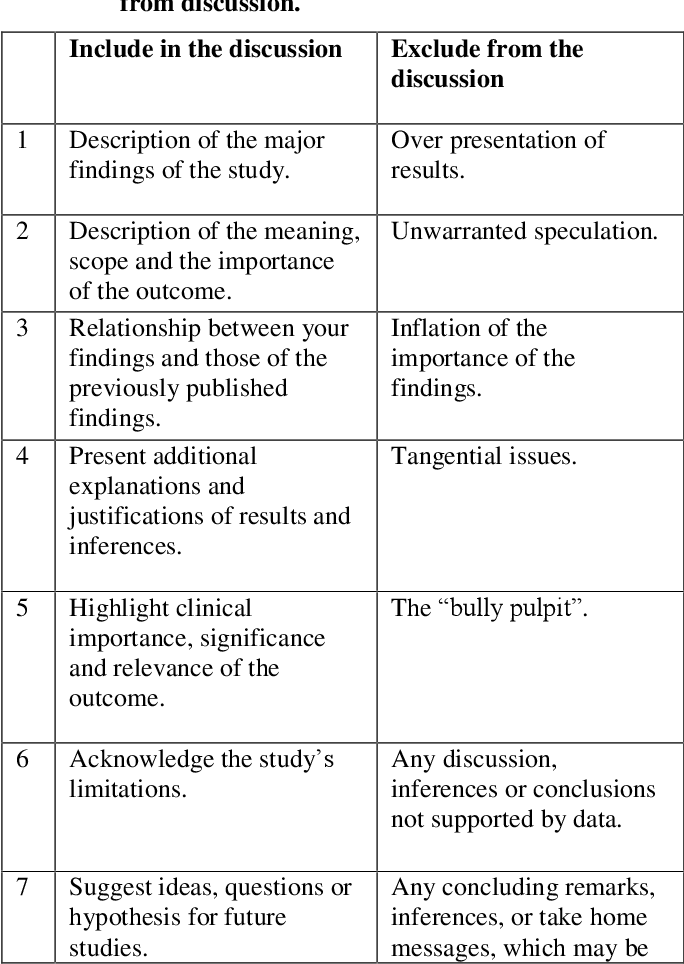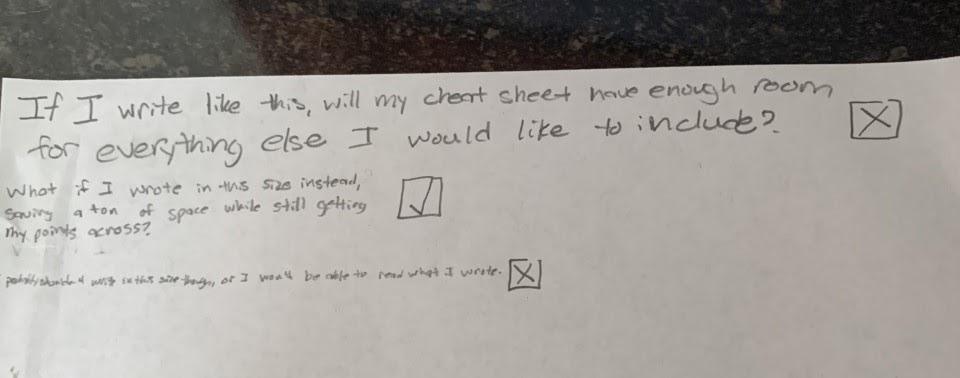If you’re thinking about writing a briefing paper, there are several steps that you should follow. You should begin by clearly defining the scope of your paper. Next, you should establish the purpose of the document. The Purpose of the paper is a key question that policy-makers need answered. The following sections will give you a basic idea of what the document should contain. Once you have these sections defined, it’s time to craft the body of your paper.
Summary section
A briefing paper’s summary section should include a short description of the issue or problem the briefing note focuses on. Label this section with the issue or purpose, and provide detailed information. Include a rationale for the proposed solution. Avoid providing irrelevant information and only include information that explains the current state of the issue or problem. After the introduction, the paper should have two or three sections: a background section and an implications section.
The Summary section should also include the key points that you want to convey in the rest of the paper. The body of the briefing paper should include the subject, issue, and context. Make sure to provide an accurate description of the impact of each option so the reader is able to quickly scan the document. While a briefing paper should not be used to make a formal argument, it should help guide the discussion of an issue and provide information for the decision-maker. The main question you want to answer in the summary section is: Why does this problem exist? What situation brought it to light?
Scope
There are a few essential elements of a policy brief. These elements include the context and scope of the problem, possible policy solutions, and concrete steps to address the problem. The scope of a policy brief provides a guide for the rest of the process. Identifying these elements is crucial to ensuring your policy brief’s success. Here are some tips to help you choose the best topic for your brief. Read on to learn more about what makes a good briefing paper.
The scope of a briefing paper determines its breadth and depth. Determine who you are writing for and how much information you have access to. The breadth of a briefing paper may include many different topics, so decide beforehand how much information you want to cover. The scope of a paper is generally determined by its target audience, which may include government officials, business executives, journalists, or a combination of all three.
Format
A briefing paper is a writing assignment in which you are asked to summarize significant points in a concise and organized manner. This type of writing is highly useful for a variety of careers. It can help you develop your research skills as well as highlight key points in a persuasive manner. Here are some useful tips to help you write an effective briefing paper. Let’s get started! Start with a brief statement on a topic that needs to be addressed.
Consider your audience. Remember that the target audience will help drive all of the choices you make throughout your piece. Think about their level of expertise, authority, and other factors to determine how you’ll write for them. Also, consider the timeframe and audience that you’re working with. Once you know your audience, you can select a format that will fit their needs and make their task easier. Make sure you research the content before you begin.
Purpose
The purpose of writing a briefing paper is to bring clarity to a particular issue, explain conflicting viewpoints, and establish a basis for discussion. When done well, the process can help to ensure that the issue is addressed and a balanced discussion ensues. Here are some tips for drafting a briefing paper:
Organize the paper around key points. The introduction should be concise and give the reader an overview of the issue. The introductory paragraph should provide enough information for the reader to attend the meeting. A brief summary should be no longer than three to four bullet points. In a briefing paper, the reader will have an opportunity to skim the document before reading the rest. It should be short and to the point to provide the necessary information, but not overwhelm the reader.
Audience
When drafting a briefing paper, the first thing that you should consider is the audience for which you’re writing. Consider the type of audience and determine the audience’s level of authority and knowledge. Then, map out key points that your audience will find most important. Once you’ve identified your audience, you can focus on writing your paper. Listed below are some tips for writing a briefing paper for audience.
Determine the scope of your paper. The scope of your paper relates to how deep you want to go into the topic, and how much evidence you’re going to need to support your claims. Decide who you’ll be writing for – government officials, business executives, journalists, or a combination of these. Next, decide on your audience and make an outline of what they’ll need from the paper.




